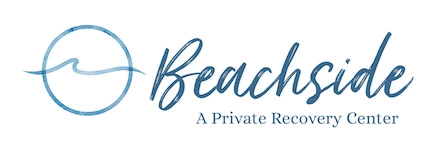
Sobriety is difficult to maintain on the good days. If you also suffer from seasonal affective disorder (SAD) and struggle all winter long to keep your mood and outlook optimistic, staying sober can be an incredible challenge.
What Is Seasonal Affective Disorder?
Seasonal affective disorder is a mood disorder that causes depression at the same time every year. Less sunlight can affect the body’s serotonin and melatonin production, and interrupt our circadian rhythms, which can cause sleep problems and mood changes.
These shifts in the balance of brain and body can disrupt daily life, from work to relationships, and lead to negative thoughts, lethargy, and changes in eating habits. Some people attempt to self-medicate their SAD through drugs or alcohol, a choice that can turn into an addiction.
When you’re in recovery, but still struggle with SAD, there will always be a temptation to turn to the substances that gave you a temporary reprieve from the mental discomfort. Studies have shown that people with a history of substance abuse who also suffer from SAD are at a higher risk of relapse. Add in the strain inherent in the winter months with holidays and celebrations and the stress of SAD can feel insurmountable.
How to Stay Sober Even Though You Have SAD
If you are living with SAD, you can maintain your sobriety even when the weather and light change. The first step is to get the right diagnosis. Someone in holistic rehab for substance abuse will be evaluated for a dual diagnosis, which is the co-occurrence of substance abuse, addiction, and mental health disorders like depression. It is essential to treat overlapping disorders to create the most viable conditions for full recovery.
For those who have completed treatment, there are simple and medication-free ways to get relief from seasonal affective disorder without threatening sobriety.
SAD is triggered by a lack of sunlight, so one of the easiest treatments to try is light therapy. Along with getting outside into the sunshine when it’s available and keeping drapes and blinds open during the day to let in as much light as possible, a light therapy box can boost mood. The box gives off a bright light that mimics outdoor light and can ease symptoms and increase energy levels by stimulating the body’s natural circadian rhythms to help you feel better about yourself and ease the symptoms of depression.
Cognitive behavioral therapy offers an outlet to talk about the feelings you are having and the depression you may be experiencing, while also providing an opportunity to learn healthy ways to manage your symptoms. Acknowledging that you are feeling off, identifying the triggers, and developing coping methods are significant ways to combat depression and mood changes.
Whether you meet one-on-one with a sponsor or with other people in recovery in a neutral group setting, connecting with someone who understands your unique challenges as a person with SAD who is also in recovery will help you stay dedicated to sobriety. Slowly integrating back into life after holistic rehab is a new normal—SAD can derail even the most successful sober journey without support.
It doesn’t matter how you move, the important thing is to move— outside, if possible. Maintaining an exercise routine is incredibly important in recovery, but especially if you have SAD. Exercise in any form and any amount is good for the mind and body and keeps you busy while also strengthening your wellness in multiple ways. If you sit behind a desk, take frequent breaks to get up and walk around, do jumping jacks, stretch, or get a breath of fresh air in the sunshine, even if it’s really cold outside.
Recovery is about learning healthy, new behaviors, and any changes to a freshly established routine can threaten a person’s sobriety. Seasonal affective disorder is a hurdle for many people who have a dual diagnosis of addiction and depression.
Rely on the therapeutic team at Beachside Rehab for accurate diagnosis, treatment, and ongoing care. Contact our trained admissions counselors at 866-349-1770 to discuss your individual needs.
